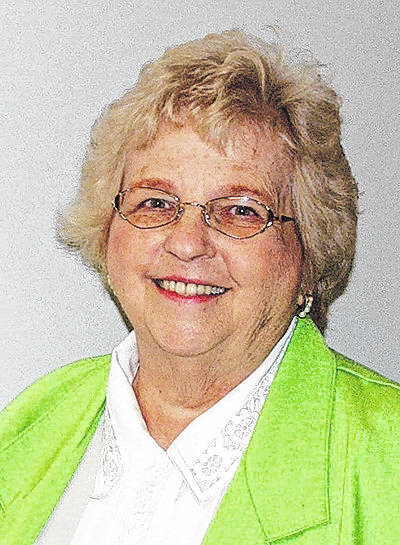
Over the past 110 years many traffic laws have changed. The modes of transportation in 1909 were largely horse and buggy, but automobiles were beginning to be seen on the local streets with some degree of regularity. The city, then as now had specific ordinances which applied to use of the city streets. Those from 1909 are quite different than those of 2019.
Some of the ordinances of 1909 seem strange to us today, but at the time, they were necessary for the protection of the residents. Many of the ordinances applied to animals.
Another related to animals is interesting, but not as strange. “It shall be unlawful for any person or persons to feed any horse, cow or other domestic animal on any street or sidewalk in this city,”
Any person who violated either of the above ordinances was subject to a fine not to exceed twenty-five dollars plus court costs.
There was also a regulation stating that horses could not be shod on a public street or alley. A blacksmith who had a horse in public view while making and applying horse shoes could be fined.
If an animal was found running at large, the policeman who sighted it was to bring the animal to the police chief who would impound it for three days. The owner could come forward, prove ownership, pay the fees and redeem the animal. If the owner did not come forward, the Mayor could issue a directive to the police chief to sell the animal. The chief of police was required to post notices in at least five public places, giving the date and time of the sale. If the owner came forward and provided proof of ownership any time prior to the sale date, the animal would be returned to the owner upon payment of expenses for barding the animal.
If the animal was not claimed but sold to the highest bidder the chief of police would deduct the expenses of impounding the animal and give the remainder to the mayor who would deduct any other expenses and then transfer the balance to the city treasurer. The police chief was allowed to bill the city additional fees which included 75 cents for a horse or mule, 50 cents for cattle and 25 cents for other animals with the exception of geese. For each goose, the price was 10 cents.
Horses could not be hitched or left unattended unless the individual was in the process of delivering goods or as in the case of a livery stable picking up or delivering passengers. In that case, the horse could stand and since they were so well trained, most would not need to be hitched, but would wait patiently for the owner. A good example might be the milk man delivering with his horse and wagon. He would stop the horse; go to the door of the home to deliver the milk while the horse stood patiently. A fine could be levied if a horse was hitched to a light post, telephone pole, tree or other “public” property. The exception would be if the owner of the horse had permission from a home owner to hitch the horse to a tree.
There was a strict speed limit for horses crossing a wooden bridge. Crossing was to be done at a walk in order to avoid excessive damage to the flooring. Speeding could bring a five dollar fine. A ten dollar fine might be levied for driving a horse and buggy or other conveyance in a “fast unmoderated or careless and negligent manner”.
Horses were not allowed on sidewalks either paved or graveled but the driver was permitted to drive the horse across the sidewalk in order to get on his own property.
There were strict rules about blocking the streets with carriages, wagons or carts. If the vehicle was parked in such a way that it impeded the flow of traffic or was inconvenient too the owner of a building, the vehicle was to be moved. The exception to the rule was for marketers, farmers, gardeners and others who brought their goods to town to sell from their wagons would be allowed to park on the public right of way. It was usual for farmers to bring their produce to the city. They would park in front of the court house or other convenient place to sell their goods.
With the advent of the automobile some regulations were initiated by city council in July 1903.
No automobile or motorcycle being driven within the city limits was allowed to exceed the speed limit of eight miles per hour. Violation of the law could cost the individual a fine of 25 dollars plus the cost or prosecution.
If an individual was driving or leading a horse signaled by putting up his hand, this was considered a request for the automobile driver to stop his vehicle. If the horse was frightened by the noise of the auto, then the owner was to shut off the engine until the horse had gone past. This rule applied whether the horse was traveling in the same direction or in the opposite direction.
Automobiles were required to have some sort of lighting system on the front of the vehicle which was to be used from one hour after sunset to one hour before sunrise and on the rear of the vehicle there was to be at least one red light, Good breaks were a necessity and expected to be well-maintained.
A horn was to be sounded before the automobile turned a corner in order to alert anyone nearby that the car was preparing to turn. It was also required that the horn be sounded when preparing to pass another vehicle going in the same direction.
Horses and mules are no longer allowed on city streets. Livery stables and carriage houses have given way to private garage and automobiles are permitted to drive 25 miles per hour on the downtown streets.




